Last-Minute NYC Holiday Gift Guide 🎁
We’ve created a holiday gift guide with presents for the intrepid New Yorker that should arrive just in time—

Step inside the home of a legendary jazz musician!

A two-story brick house lies on an otherwise nondescript street in the Corona neighborhood of Queens. From the outside, it has the appearance of any other family home on the block with an entrance fenced in by an iron gate and a brick stoop that leads up to the front door. However, inside this house is a collection of mementos—personal belongings, notepads of scribbled notes and voice recordings—that honor the life and legacy of Louis Armstrong, one of the most influential figures in jazz. It is in this modest home on 34-56 107th Street that Armstrong lived with his wife Lucille Wilson, from 1943 until his death in 1971.
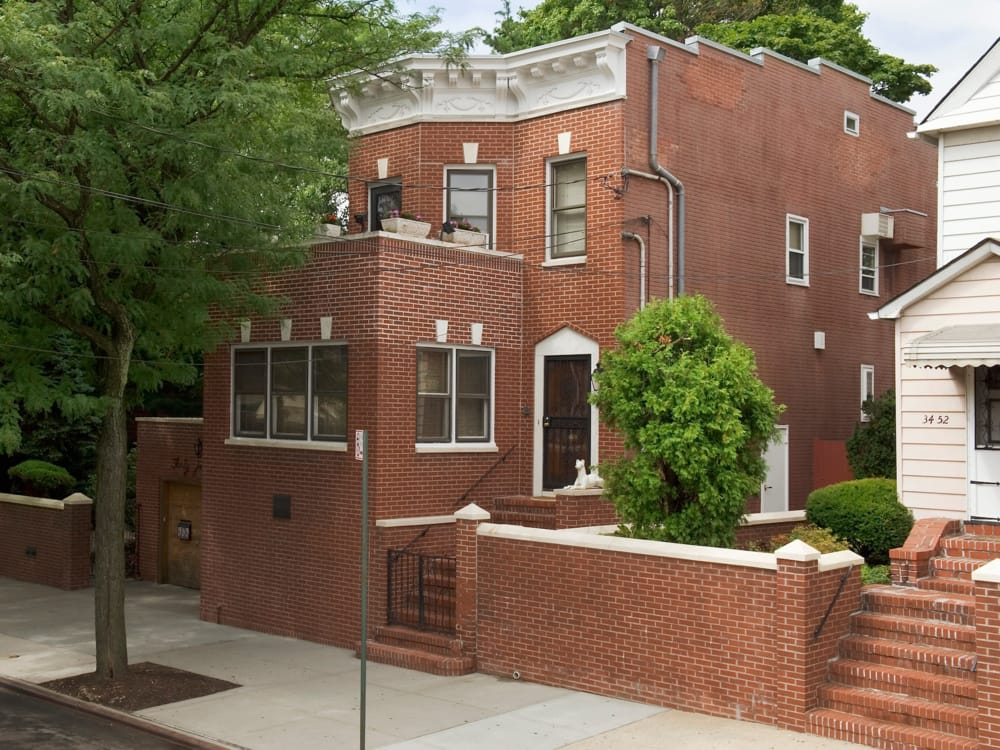
Today, the house serves as a historic museum that presents concerts and educational programs. An archive of writings, recordings and memorabilia is also available to the public for research, bringing the history of jazz to life.
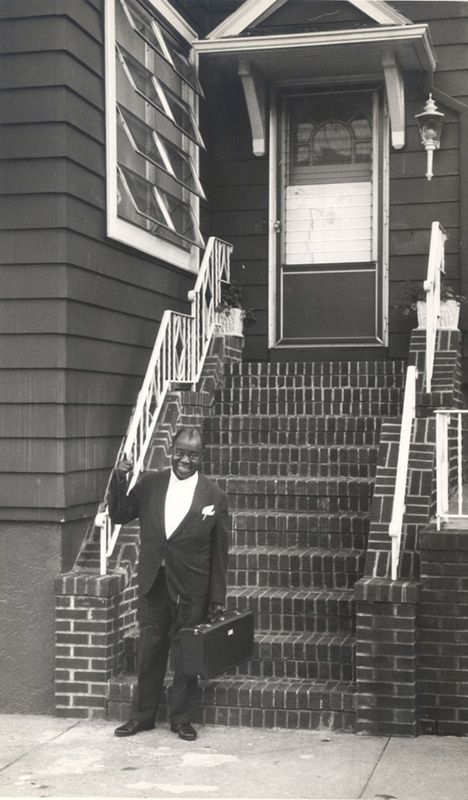
While Corona may seem like an unlikely place to house a museum, no other location would be appropriate to honor Armstrong’s legacy. After all, he was always eager to get away from the fame and return to his modest home, where Lucille and the neighborhood kids would be waiting for him.
“We’re right out here with the rest of the colored folk and the Puerto Ricans and Italians and the Hebrew cats,” Louis said in 1964. “We don’t need to move out in the suburbs to some big mansion with lots of servants and yardmen and things. ”
The house tour takes guests through the Armstrongs’ living room, bedroom, bathroom, kitchen, and den (deemed Louis’ “man cave”). From the moment we stepped inside, it was evident that Armstrong’s essence completely saturates the house. Strolling through each room slowly, we were given the unique opportunity to see how he lived and where his genius was fostered.
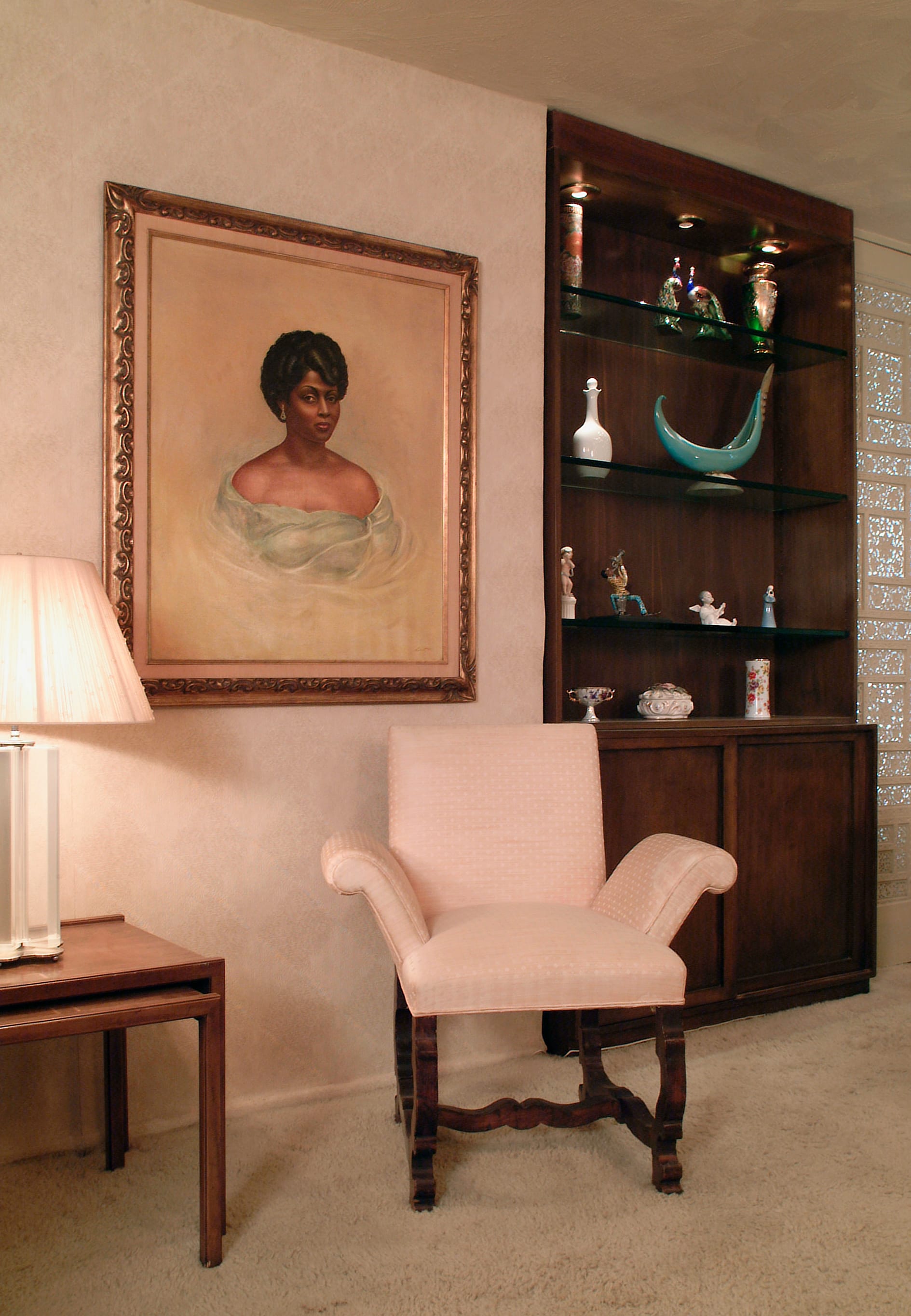
We saw things one would expect to find in the personal home of the world’s most famous jazz musician: in the den, for example, we came across reel-to-reel tapes and notes scribbled down on letter pads. In the living room, little mementos of the Armstrongs’ world travels are arranged on shelves and openly displayed.
Even more valuable is the treasure trove of information that we didn’t expect to come away with. We learned, for instance, that Lucille had a knack for decorating (evidenced by the house’s reflective wallpaper, its laminated wooden cabinets and the funky blue hue of the kitchen), and that Louis Armstrong swore by Swiss Kriss laxatives, which he used daily.
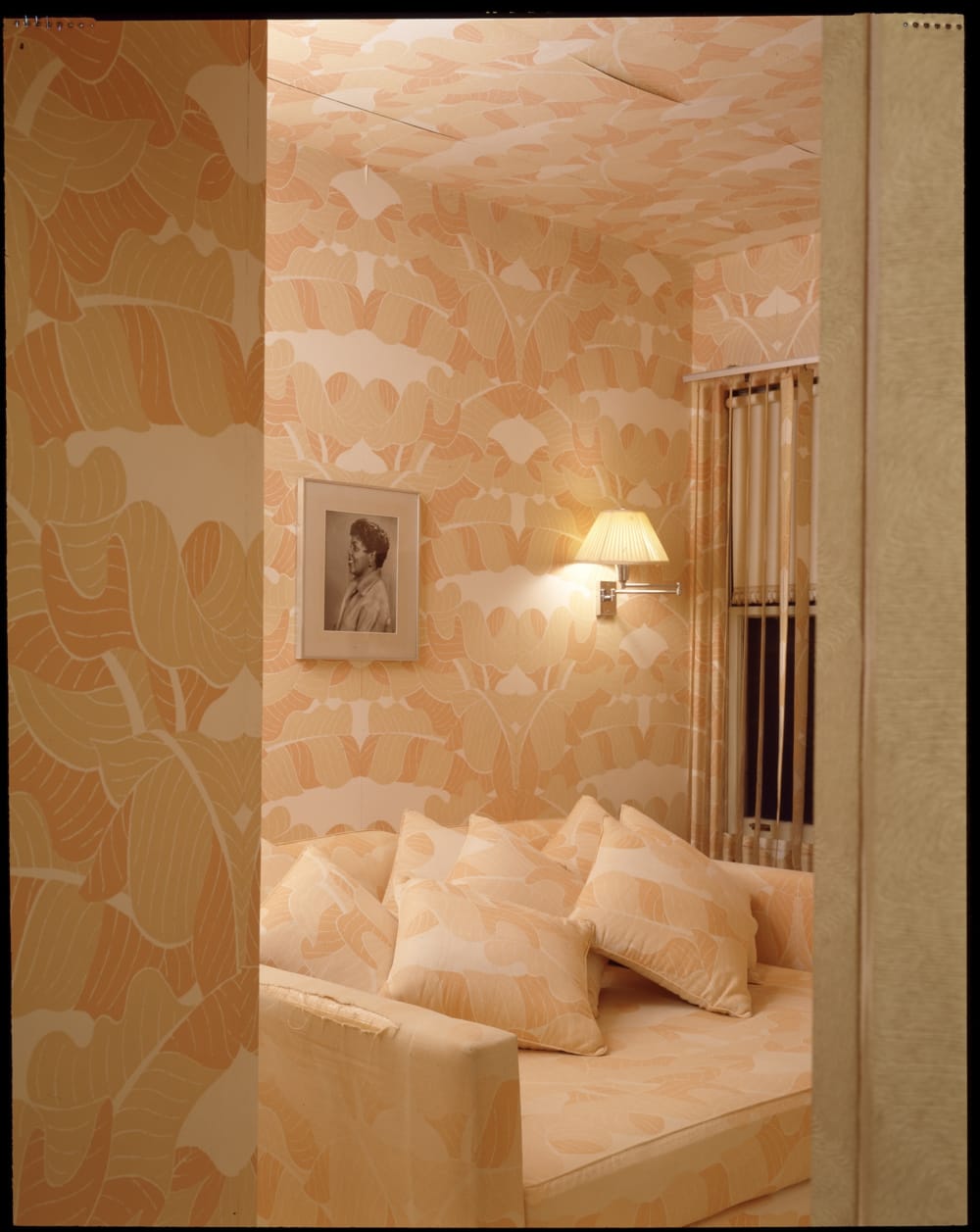
Perhaps most touching is Armstrong’s pure and undying affinity for his neighborhood. We are all familiar with his famous cover of “What a Wonderful World,” but through a voice recording — one of many found in the Armstrongs’ personal collection that can be played by pressing buttons in the rooms — we learn that he drew artistic inspiration from his neighborhood and that when he sang the song, he always pictured the children playing on his block in Corona.
“There’s so much in ‘Wonderful World’ that brings me back to my neighborhood where I live in Corona, New York,” Armstrong said in 1968. “Lucille and I, ever since we’re married, we’ve been right there in that block… I saw three generations come up on that block. And they’re all with their children, grandchildren, they come back to see Uncle Satchmo and Aunt Lucille. That’s why I can say, ‘I hear babies cry/ I watch them grow/ they’ll learn much more/ then I’ll never know.’ And I can look at all them kids’s faces. And I got pictures of them when they was five, six and seven years old. So when they hand me this ‘Wonderful World,’ I didn’t look no further, that was it.”
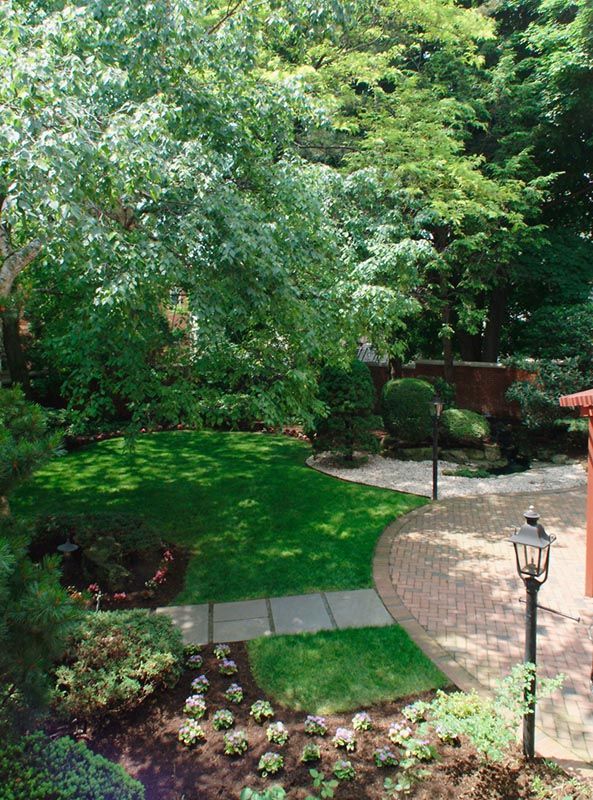
Following Louis Armstrong’s death in 1971, Lucille spent 12 years as a widow in the same house. When she passed away in 1983, she left everything to the Louis Armstrong Educational Foundation, Inc. and the house to the City of New York. No one has resided in the building since then and its furnishings remain very much as they were. Today, the Museum is administered by Queens College.
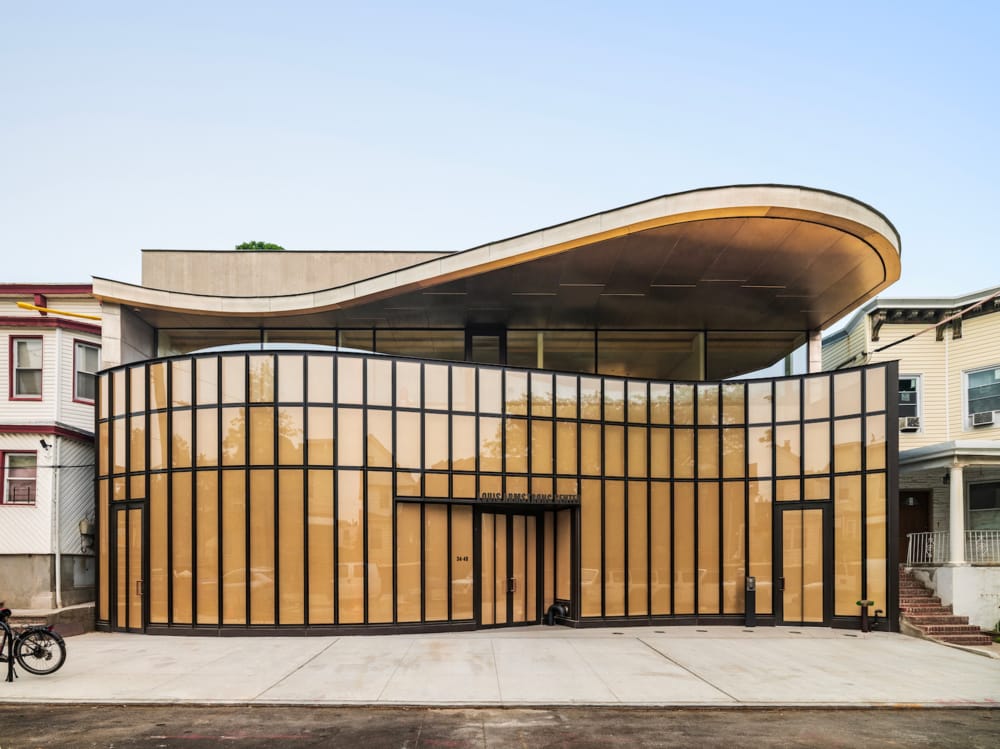
On an upcoming tour with Untapped New York Members, you can experience the Louis Armstrong House Museum tour and get an exclusive architect-led tour of the Louis Armstrong Center across the street, which opened in 2023. The tour will be led by Sara Caples and Everardo Jefferson, principals of Caples Jefferson Architects, the award-winning architects who brought their visionary designs to
life, creating a vibrant cultural space that honors the legendary musician's legacy while serving as a hub for education and community engagement.
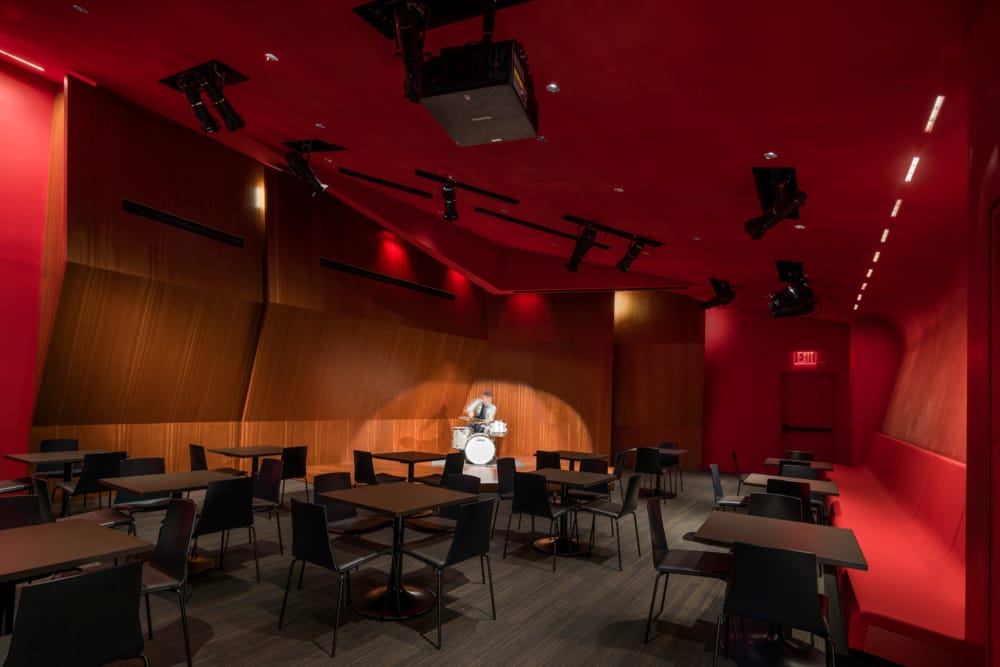
Open to members at the Insider tier and higher. Registration opens on December 28th at 12 PM ET.
The 14,000-square-foot Center is the permanent home for the 60,000-piece archive of Louis and Lucille Armstrong. It also boasts a 75-seat venue for performances, lectures, films, and educational experiences, as well as an exhibition space currently occupied by the exhibit Here to Stay.

Here to Stay was curated by award-winning pianist, composer, and Kennedy Center Artistic Director for Jazz, Jason Moran. The items on display span Armstrong’s five-decade career and show his work not only as a musician, but also as an archivist, collaborator, and community builder.
Subscribe to our newsletter